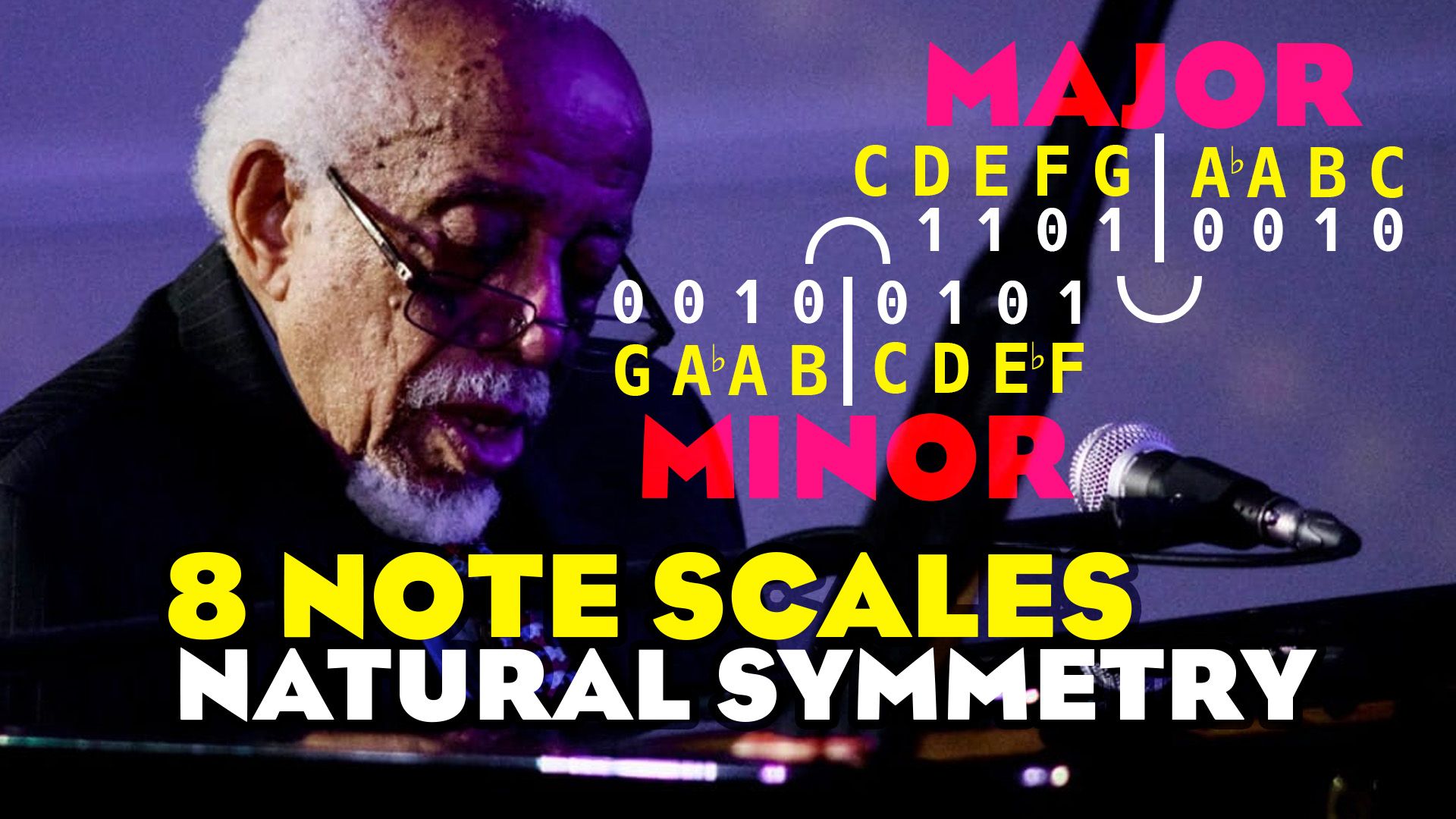12 Easy Steps to Reading Thai
I have just finished rewriting the new Handbook for my Cracking Thai Fundamentals programme that has a heavy emphasis on the glyph system that I developed and I thought I would share some of the most useful stuff with you here!
Before jumping into this table and following the guidelines that I’ve written below, I highly recommend at least having a brief scan through the detailed article on my Indic Consonant Compass – Jazz Lessons and Language Improvisation.
So here’s the Thai Consonant Table – It would probably be a good idea to download the PDF version of it first.
- When you’re writing Thai letters, always start with the ‘loop’ 1. There are only two consonants without ‘loops’ – they are the first letter of the alphabet – ก – ko kai and the less common letter ธ – tho thong.
- The original ‘glottal’ letters (first column) are the ‘Middle Class’ in Thai
- The original ‘Non-Voiced-Aspirate’ letters (second column) are the High Class Letters in Thai
- All the rest of the columns (3,4 and 5) as well as all the semi-vowels are all Low Class consonants.
- Do not confuse ‘Consonant Class’ with ‘Tones’ – i.e. a ‘High Class’ does NOT mean a ‘High Tone’. 1. Tai languages are traditionally monosyllabic and tonal, though Thai’s writing system is based on an Indo-European (Indic) writing system that is polysyllabic and not tonal.
- The consonant’s ‘class’ is it’s ‘nationality of birth’ based on how it’s pronounced in the mouth – it cannot change.
- The ‘Tones’ are just a by-product of what happens between the beginning of a syllable and the end of a syllable. Tones are the differential between two throat positions.
- The reason why there are consonant classes is so that different ‘nationality’ consonants (letters that have fundamentally different throat positions) can be grouped together and have standardized tone rules applied to them.
- Thai doesn’t have the ‘voiced’ and ‘voiced – aspirated’ sounds of the original Indic sound system. The voiced and heavy aspiration is lost, leaving the letters of the 2nd column, 3rd column and 4th column consonants having exactly the same pronunciation. The only difference that occurs is with the tone of the 2nd column as these are High Class. 1. E.g. The original Indic Sounds for the first ‘Glottal’ row or ‘Varga’ (In Thai the word ‘Varga’ is rendered วรรค and pronounced ‘wak’) are: k, kh, g, gh, ng. In Thai, they become k, kh, kh, kh, ng. Notice that the original ‘g’ and ‘gh’ which are voiced, become ‘unvoiced’ in Thai. The same pattern occurs for each of the vargas.
- There are several consonant sounds in Thai that weren’t there / didn’t fit in with the Indic system. You can see for several letters, one letter in Devanagari has split into two cousin letters in Thai. You will notice that these ‘cousin’ letters look almost identical with the exception of an extended tail or a ‘bump added’ somewhere. The letters include – ช ซ (ch / s – low class), ด ต (d,/ t – middle class), ฎฏ (d,/ t – middle class), บ ป (b / p – middle class), พ ฟ (ph, f low class), ผ ฝ (ph , f – High Class)
- Notice that all the ‘Sh’ sounds in the original Indic System are all pronounced as ‘s’ in Thai and are all High Class.
- All the ‘S’ sounds from the Indic system (sibilants) are High Class, as is ห (ho hiip). There is a low class ‘s’ ซ – which is a cousin to the ‘ch’ ช sound.
- Thai does not have the ‘cerebral’ sounds of the Indic languages. These are all pronounced as ‘Dentals’, leaving the 3rd and 4th rows (Vargas) being an exact replica of each other as far as pronunciation is concerned. 1. Because of this, the original ‘Dental’ row (4th Varga) is the most common set of ‘dental’ letters that you will see in Thai. The only time that you will really see letters that come from the 3rd Varga (originally Cerebral) will be in words that are preserving the spelling from original Sanskrit words. Even in Sanskrit, words with these letters are less common.
- The most common Thai letters are the letters of the 1st, 2nd and 3rd columns + nasals + semi vowels + ส (s – so seua).
- The least common Thai letters are from the 4th column (what used to be the Voiced Aspirates) and the 3rd row (varga) – (what used to be the Cerebrals), as well as the ‘s’ sounds that were originally non-dental – ศ and ษ.
If you’d like to get an even deeper understanding of the chart and a the Thai language and Culture as a whole, make sure you register for my next Cracking Thai Fundamentals workshops!



